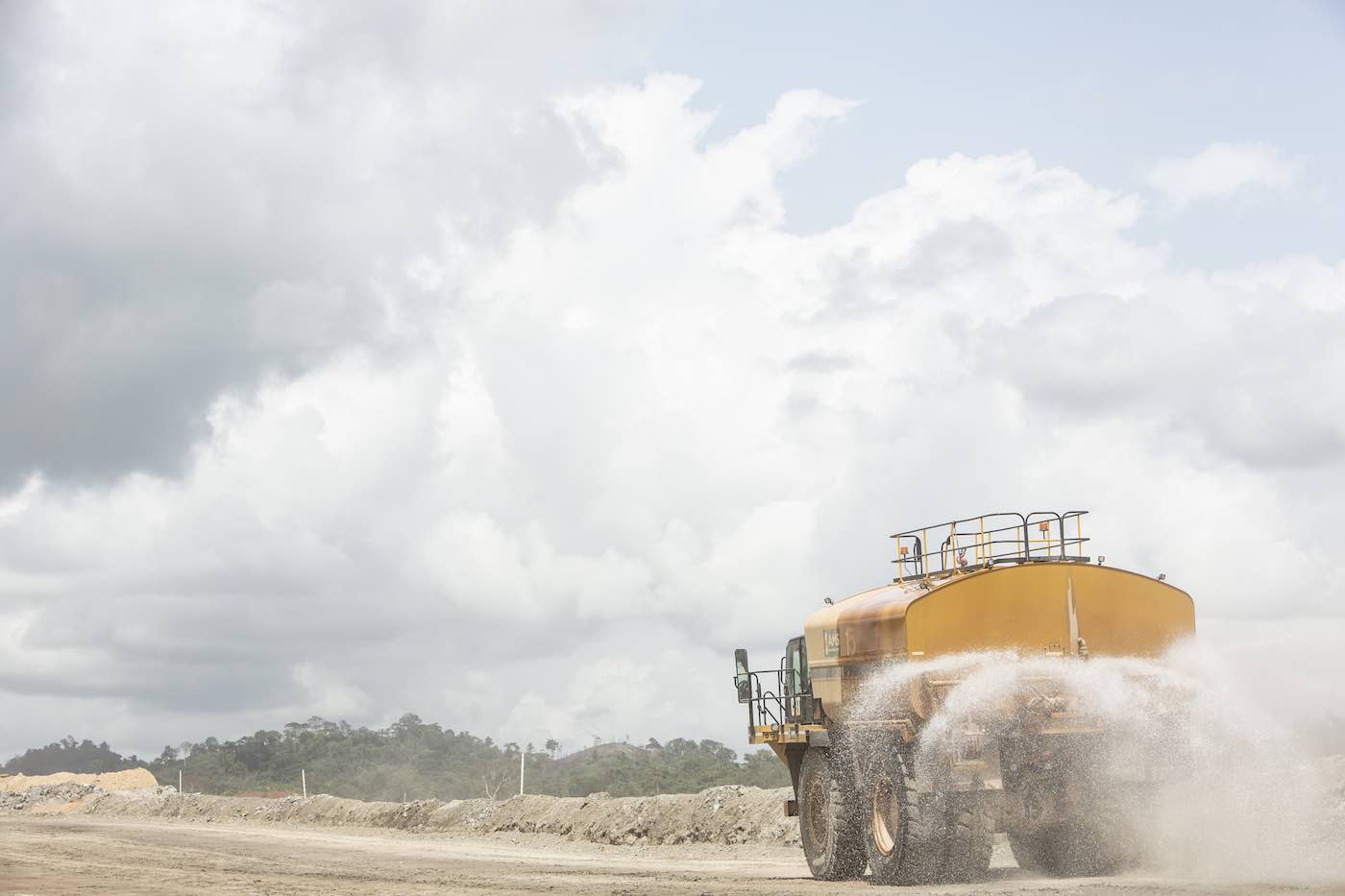Pollutants like silica dust are a nuisance and a costly employee health hazard on construction sites. If not controlled, industrial dust can cause expensive lawsuits and money-grabbing legal settlements related to employee safety and environmental pollution. For this reason, reducing exposure in your construction site is critical. Luckily, you can use multiple dust control solutions to minimize industrial dust and keep the air clean on your premises. But not all of them are effective and money-saving. To help you choose the best dust suppression techniques, this blog post shows you the finest control techniques that are economical and cost-effective.
Wet surfaces to prevent airborne dust,
One of the simplest, low-investment dust control techniques is wetting bare surfaces in your construction facility. Surface wetting binds dust particles together and prevents them from being airborne. You can use sprinkler systems or hose pipes to water open fields. Alternatively, use water-spraying trucks if your enterprise is enormous. Note that surface wetting may not be the most effective dust control method on this list. That’s because it tends to use more water and, if deployed incorrectly, may pose a slip-and-fall risk in your construction enterprise. Misting systems might be a better alternative.
Deploy fogging systems that use water economically.
Powered by modern technology, misting cannons are some of the most powerful anti-dust solutions today. They are more effective than sprinkler systems and hose pipes because they use water sparingly. Additionally, they are designed to suppress even the smallest dust particles without causing the slipstream effect. These systems, equipped with powerful pumps, robust fans, and special nozzles, break down water particles into a mist. The resulting droplets are just the right size—not too small or too big—to drop airborne dust particles to the ground instead of going around them. That’s how they prevent the slipstream effect. The dust control systems are most suitable for construction enterprises that experience a high volume of airborne dust from processes like demolition. Ensure you buy yours from a reputable manufacturer or supplier for the best results. The best thing about misting systems is that they are portable, making them suitable for movement from one job site to another. But if you want a fixed, indoor dust control solution to suppress unidirectional particles, consider dust collectors.
Install dust collectors for a safe working environment.
These systems are best for controlling particles at the source. They capture dust before it becomes airborne. Here’s how dust collectors work: They suck polluted air from the source and pass it through a filtering system to remove dust from the air. The extracted dust is collected in the separation device, while the purified air is released into the atmosphere. If you want to purify the air in your facility and provide a conducive working environment, a dust collector might be the right solution. Typically, they are installed permanently in a facility and are only applicable indoors.
Deploying dust suppression techniques saves you money. They prevent expensive legal issues and reduce employee health risks that can disrupt productivity (sick leaves). Implement the above methods to help you enjoy the benefits.








Comments